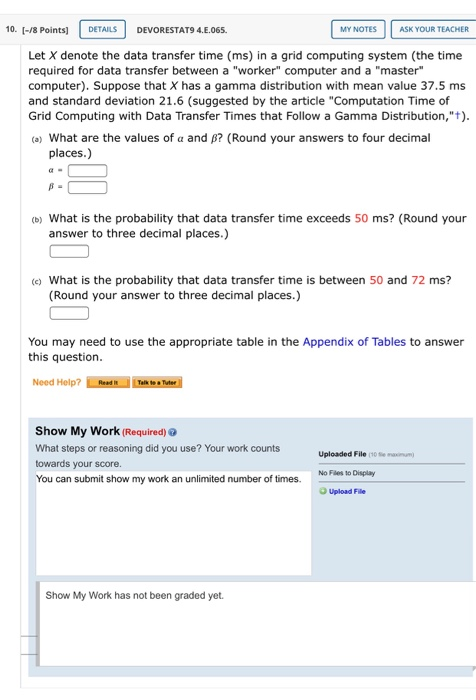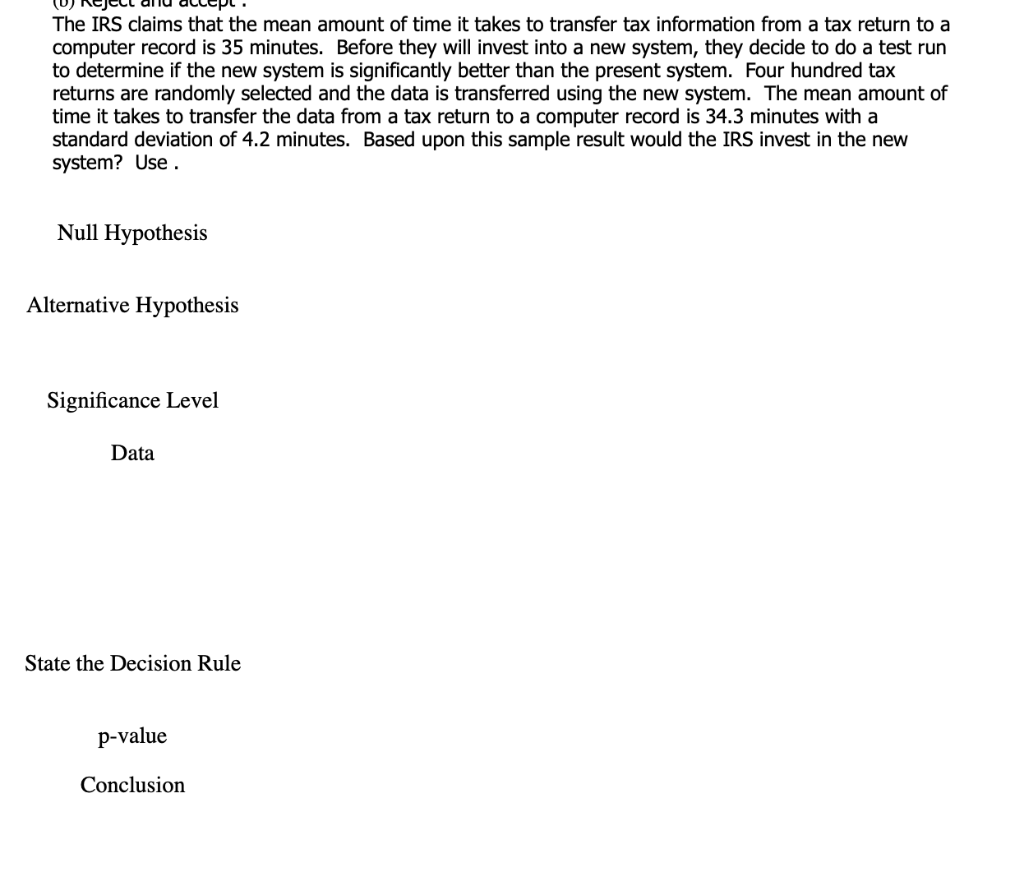Question
Consider the trouble of on line part coloring: suppose that the edges of a graph with maximum degree fl. Are offered separately, and as each
Consider the trouble of on line part coloring: suppose that the edges of a graph with maximum degree fl. Are offered separately, and as each part is distinct it need to be irrevocably assigned a shade. (a) Devise a deterministic on line algorithm that makes use of at maximum 2A - 1 hues. (b) Show that there does not exist any deterministic algorithm that uses fewer than 2A - 1 colorations within the worst case. For what variety of values of fl. Can you show this result? (Hint: Consider an adversary that generates a chain of edges that constitute a graph composed of disjoint stars, in which every superstar includes a center vertex v with fl. - 1 friends of degree 1. Once the algorithm has committed to a coloring of those stars, an adversary can introduce similarly edges from a distinguished vertex to the centers of as it should be selected stars, forcing the web algorithm to apply a big wide variety of additional colorings.) (c) Show that there does now not exist any deterministic set of rules that uses fewer than 2A - 1 colorings inside the worst case. For what range of values of fl. Can show this end result? (Hint: See the trace for element (b).) 1 three.5 (Due to A.R. Karl in.) Show that the competitiveness coefficient of the Random set of rules for paging in opposition to adaptive offl ine adversaries is at least kHk. 13.6 Show that the competitiveness coefficient of the Random algorithm for paging against obl ivious adversaries is at least k. Thirteen.7 Show that once the variety of distinct objects in reminiscence is ok + 1, the Marker algorithm is Hk-aggressive. 13.8 Consider a server hassle in which the online algorithm has K servers, and the offl ine set of rules has k servers. For K ? k, display that the competitiveness coefficient of any online set of rules against adaptive on-line adversaries is at least Kj(K - k + 1). Thirteen.9 Consider the fol lowing algorithm for the 2-server hassle in an arbitrary metric space. Label the servers 0 and 1. The set of rules offerings any request as fol lows. Let do be the space from server zero to the request, and d1 the distance from server 1 to the request. Let d be the gap between the servers. For ie zero, 1, allow d + d1-l - dl PI = 2d
(V1, V2 ) is at least a 1/2 of the full weight of the rims inside the graph. Describe an RNC algorithm for this hassle, and give an explanation for the way you wi ll convert this into an NC algorithm the use of the idea of pairwise independence. 1 2.Nine (Due to M. Luby [282].) In the Parallel MIS set of rules, suppose that the random marking of the vertices is handiest pairwise independent. Show that the probabi lity that a terrific vertex belongs to S u f(S) is as a minimum 1 /24. 1 2.1 0 (Due to M. Luby [282].) Suppose which you are provided with a col lection of n pairwise impartial random numbers uniformly allotted over the set zero, 1, ... ,p - 1 , in which p ;;::: 2n. It is preferred to construct a set of n pairwise independent Bernoulli random variables wherein the ith random variable need to take on the price 1 with probabil ity 1 /t; , for 1 ? t1 ? n/eight. Show how you could gain this intention approximately via building a group of pairwise independent Bernoulli random variables such that the ith variable " takes at the value 1 with probabil ity 1 jT, wherein for a regular c > 1, T1 satisfies 1 2.1 1 (Due to M. Luby [282].) Combining the effects of Problems 12.Nine and 12.10, display that the Parallel MIS algorithm may be derandomized to yield an NC set of rules for the MIS trouble. Note that the method in Problem 12.10 will not paintings for marking vertices with diploma exceeding n/16, and those wi ll need to be handled one after the other. 1 2.1 2 (Due to M. Luby [282].) In this hassle we bear in mind a version of the Parallel MIS algorithm. For every vertex v E V, independently and uniformly choose a random weight w(v) from the set 1, ... , n4. Repeatedly strip off an impartial set S and its pals f(S) from the graph G, wherein at each generation the set S is the set of marked vertices generated with the aid of the subsequent method: mark all vertices in V, after which in parallel for each side in E unmark the stop-factor of large weight. Show that this yields an RNC algorithm for MIS. Can this algorithm be derandomized using pairwise independence?


10. [-/8 Points] DETAILS DEVORESTAT9 4.E.065. Let X denote the data transfer time (ms) in a grid computing system (the time required for data transfer between a "worker" computer and a "master" computer). Suppose that X has a gamma distribution with mean value 37.5 ms and standard deviation 21.6 (suggested by the article "Computation Time of Grid Computing with Data Transfer Times that Follow a Gamma Distribution,"+). (a) What are the values of a and B? (Round your answers to four decimal places.) B = (b) What is the probability that data transfer time exceeds 50 ms? (Round your answer to three decimal places.) (c) What is the probability that data transfer time is between 50 and 72 ms? (Round your answer to three decimal places.) MY NOTES ASK YOUR TEACHER You may need to use the appropriate table in the Appendix of Tables to answer this question. Need Help? Talk to a Tuter Show My Work (Required) What steps or reasoning did you use? Your work counts towards your score. You can submit show my work an unlimited number of times. Show My Work has not been graded yet. Uploaded File (10) No Files to Display Upload File
Step by Step Solution
There are 3 Steps involved in it
Step: 1

Get Instant Access to Expert-Tailored Solutions
See step-by-step solutions with expert insights and AI powered tools for academic success
Step: 2

Step: 3

Ace Your Homework with AI
Get the answers you need in no time with our AI-driven, step-by-step assistance
Get Started


